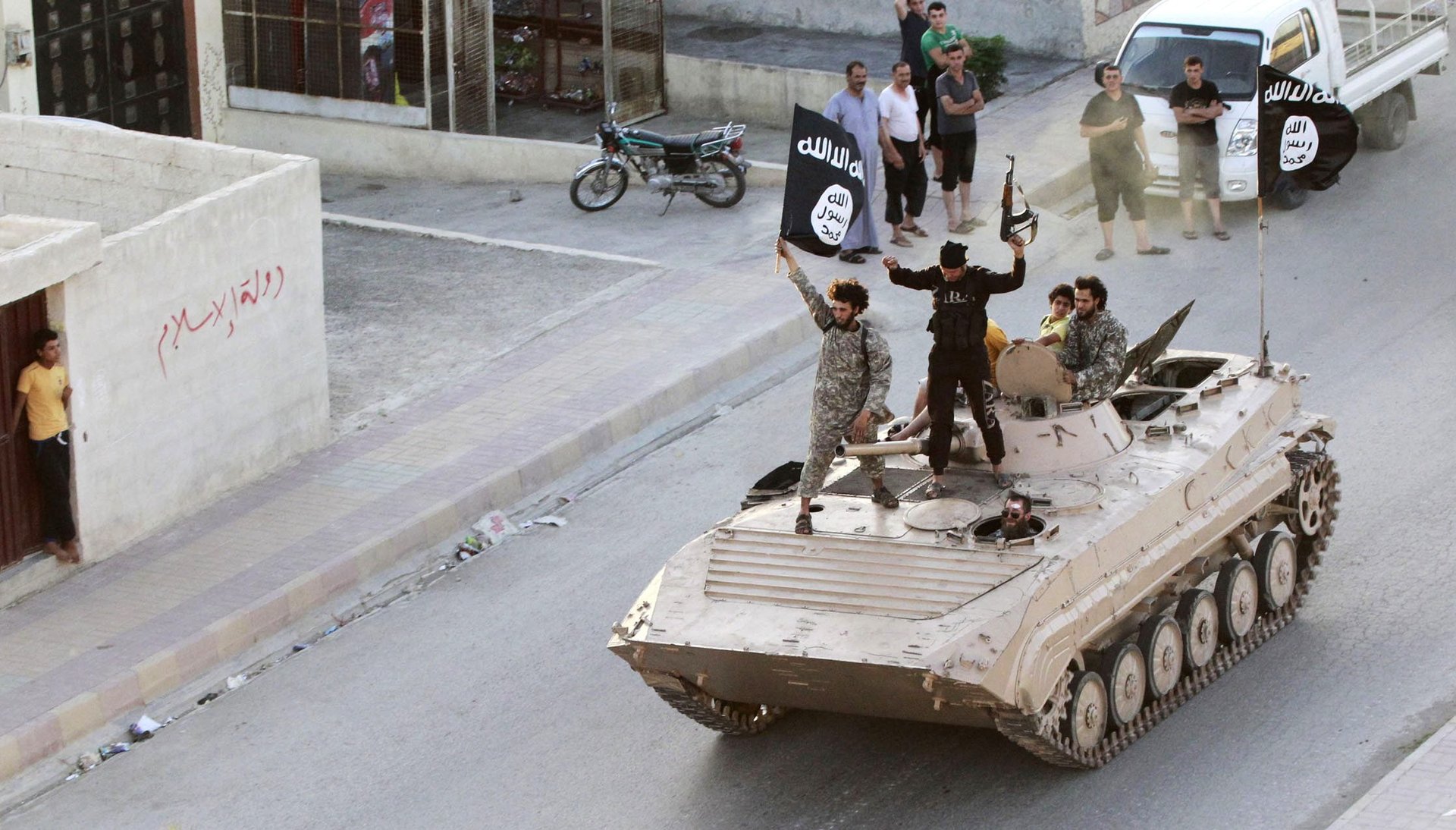The UK has the world’s fourth-largest contingent of returning ISIL fighters
More than 400 former ISIL fighters have returned home to Britain, according to a recent report.


More than 400 former ISIL fighters have returned home to Britain, according to a recent report.
The report, published by think tank The Soufan Center (pdf), notes Britain has the fourth-largest contingent of former ISIL fighters returning home, the most of any Western country. Turkey has the largest group of returning foreign fighters (900 are believed to have returned home), followed by Tunisia (800), and Saudi Arabia (760). Russia rounds up the top five, just below the UK with 400 former fighters thought to have returned to the country.
These former ISIL soldiers pose a unique threat to their home countries. Returnees could play an important role in keeping the terror group’s “brand alive,” as ISIL’s territorial caliphate shrinks, according to the report. The influence returnees have may grow as their numbers increase. The report classifies returnees into five categories, each with a different level of risk.
Those who:
- left and were not well-integrated with ISIL
- stayed longer, but ended up disagreeing with ISIL
- left, but have no issue with ISIL’s tactics and strategy
- were committed, but forced out by circumstances beyond their control (such as loss of territory, or they were captured and sent home)
- were sent abroad by ISIL to continue the fight elsewhere
Around 850 British people are thought to have travelled to Syria and Iraq to fight for ISIL, according to the report. The returnees make up half of that figure. Britain’s most senior counter terrorism officer, Mark Rowley, told the government yesterday that a significant number of returnees would face prosecution (paywall).
The countries with the largest number of ISIL fighters didn’t necessarily see the largest contingent of returnees. The report notes that Russia had 3,417 of its citizens travel to Syria and Iraq, but only 400 have since returned.
Researchers note they used the most recent and “reliable” sources for foreign fighters who went to Syria and Iraq and those who returned, but admit that “inaccuracies will occur” as it is difficult to keep track of a group of people who try to remain hidden. ISIL’s own database of its fighters and their home countries, which other governments have since accessed, was crucial to this analysis.